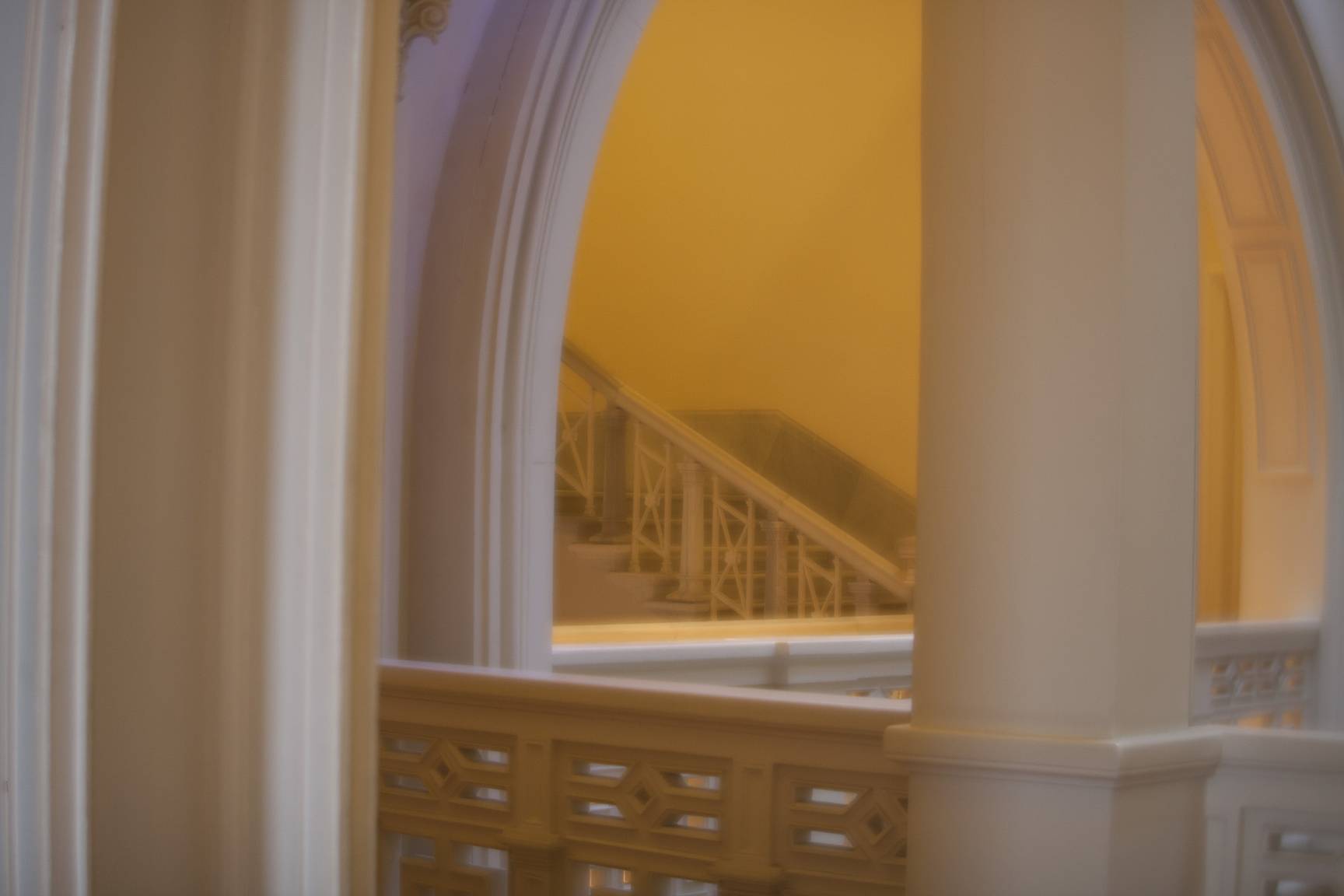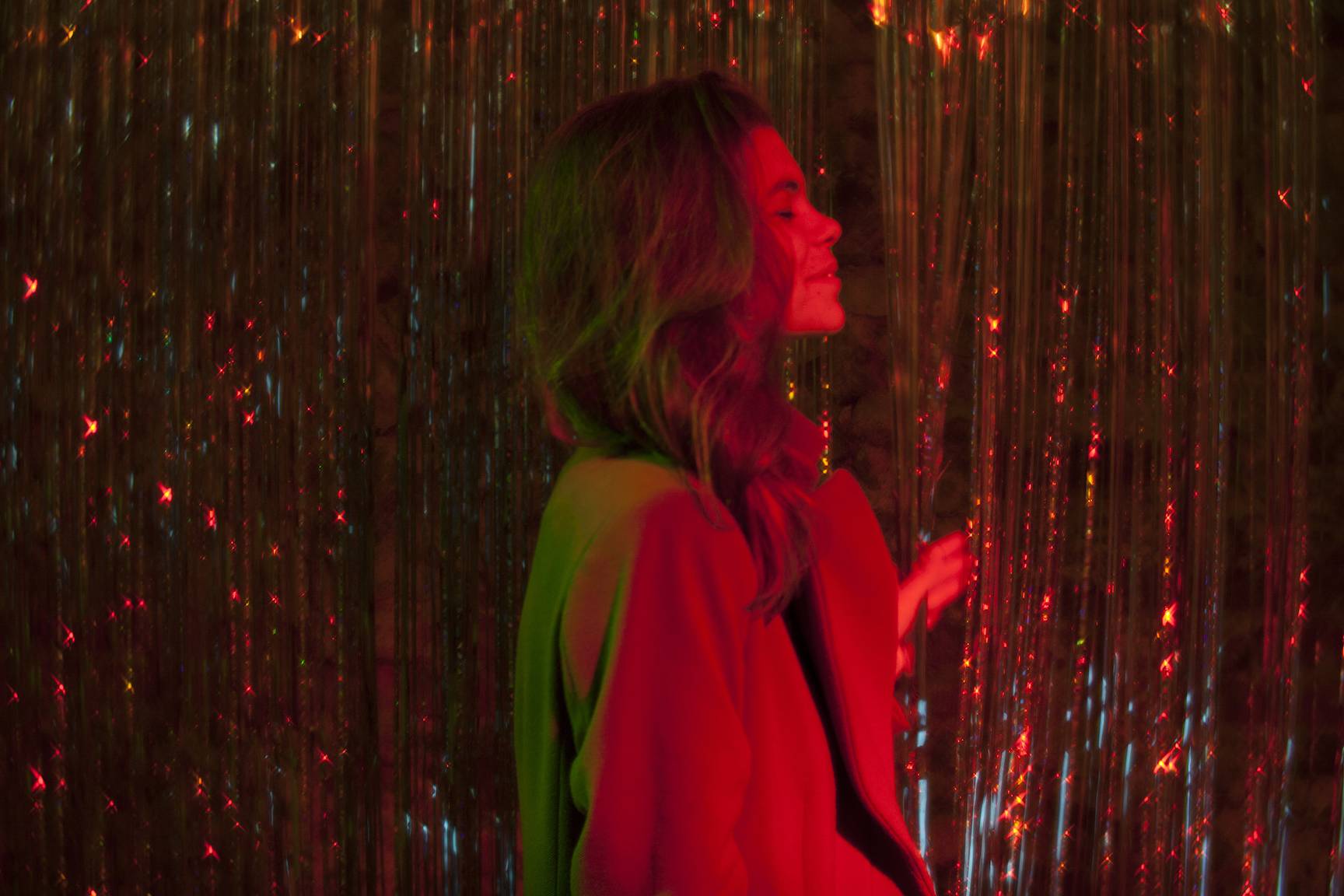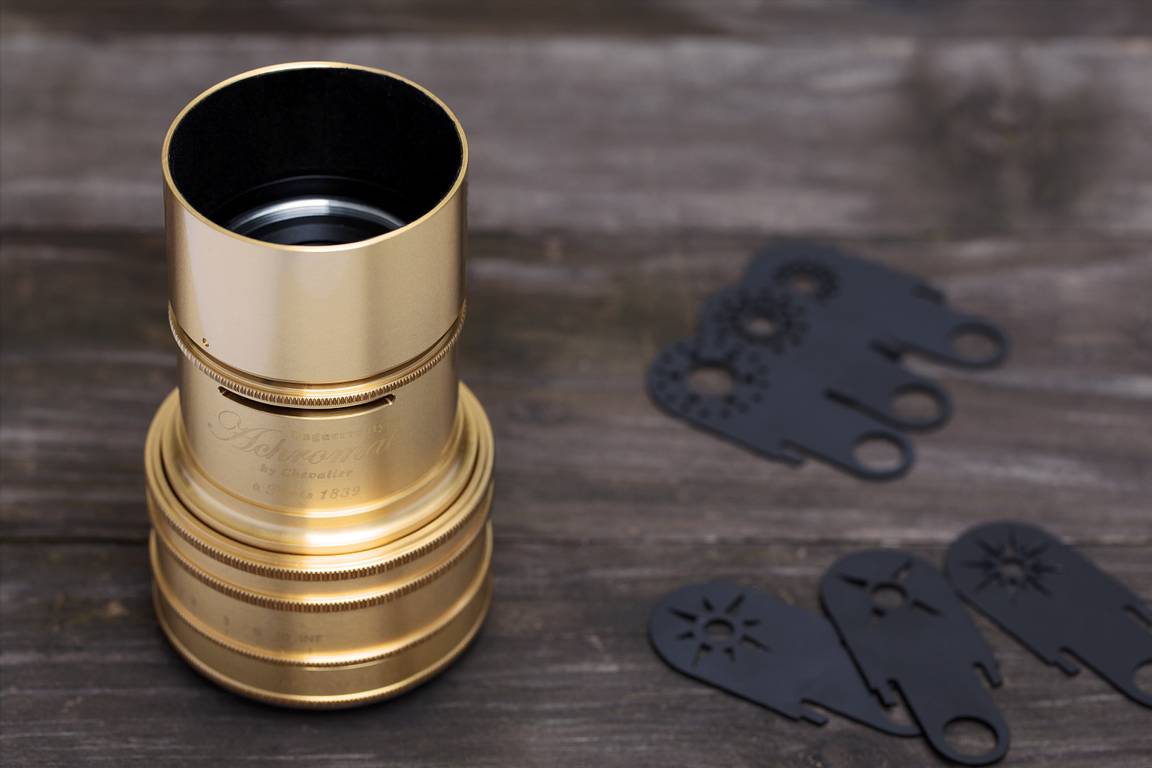First Impressions with the Daguerreotype Achromat 2.9/64 Art Lens: Capucine Fachot
2 Share TweetFrench writer and photographer Capucine Fachot, who is currently based in Istanbul tested our Daguerreotype Acromat 2.9/64 Art Lens recently.

Hi Capucine, can you please introduce yourself to our community members and readers?
Hello community and new-comers! I’m a very early Lomography user, and it came in my life early in my discovery of Photography so I really identify with a lot that has been going on and how I always enjoyed the products you created and the message you shared with your community.
I’m a photographer and a writer. I live for expressing my voice through creative messages.
You are a French photographer currently living in Istanbul. What brought you here? How has your experience been so far?
I came here for a job opportunity a summer. I fell in love with the city. It’s cliché, it’s so cliché until you come here and experience it. I feel at home.
You are shooting both with film and digital cameras. What do you think makes film photography different?
I shoot digital for commercial uses. I didn’t find my way back to loving it yet. I rarely touch my DSLR outside of work, except for video which is a new outlet.
Film has allowed me to see my truest visual desires come true. Before shooting, I always have a sense of how it would be perfect, and film makes it happen.
This lens has a fascinating history, so let’s play the association game. What came to mind when you first saw the Daguerreotype Art Lens? What is special about its build?
I instantly thought of the silver particles part of the emulsion which creates the impression of light onto the film. There seems to be no boundary between past, present and future.
And I saw the gold covering the lens, and I thought: beauty, photography might be a young art, but it is and should be more often instated as ART.
I’ve always been impressed by the creativity of Lomography. This is clearly your brand wanting to make your community happy. I love when companies create things not for the money; but to make one’s dream come true. It’s totally geeky to be able to put slides in a lens and create light effects - and be very happy from this. And you did it.
What did you take pictures of? What camera did you use?
I followed the idea of community that Lomography brings forth. And I applied myself to more portraits, friends, and passerby. The gold certainly attracted a lot of people which created amazing opportunities. Especially this video:
Did the Daguerreotype Art Lens impart a special look to your photos? Tell us about your first photo session.
I started testing it in the ALT art gallery in Bomontiada. The Design Biennale was happening and an artist installed a room curtained in glitter and projecting lights on it. The slide of the Daguerrotype with the stars effects was really impressive. Every bokeh became a little star and we made magic.
The lens is a continuation of Lomography’s experimental tradition. What special effects have you done using the lens?
I have played a lot with the focus while shooting videos.
In terms of your own photography needs, what is the best feature of the Daguerreotype Art Lens?
It comes alive at night. Every neon, every light post becomes another entity. Surreal lighting provided by projectors of effects.
Why use a special lens at all?
To reanimate a love for creating art. This lens made me realise how much my need for video taking had been avoided.
Let’s get technical. What tip would you give to a first-time user?
Use it at night, step away from the background by 2 or 3 meters, play with the light. And If you use it like I did on a DSLR, it’s easier to use the live view on the screen.
Do you have any future plans regarding photography?
I am a writer, and photography complements my newsletter Copious Copy and my need to archive. My future plans are more travel, more travel and a more open heart.
To see more of Capucine's work you can check out her website and her Instagram account.





























No Comments